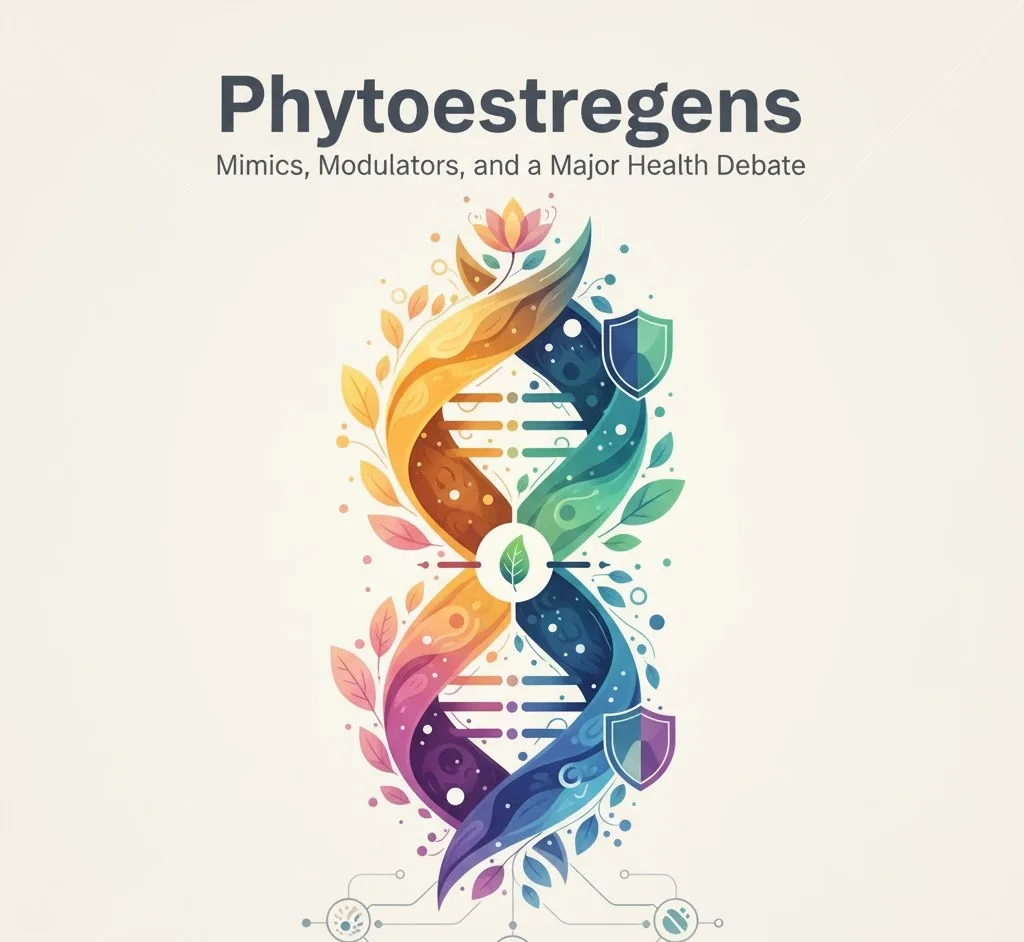Phytoestrogens are naturally occurring compounds found in plants that have generated significant discussion in the fields of nutrition and health. Their name—derived from phyto (plant) and estrogen (a key human hormone)—hints at their primary function: they possess a chemical structure strikingly similar to human estrogen, allowing them to interact with the body's hormonal systems.
The Dual Action of Phytoestrogens
The influence of phytoestrogens begins at the cellular level. When consumed, these compounds enter the body and are able to attach to estrogen receptors located throughout the cells. This binding action can potentially affect the overall function of estrogen in the body.
However, the action of phytoestrogens is complex and not uniform. Unlike human estrogen, which typically performs a singular function, research has revealed that phytoestrogens exhibit a dual nature, displaying both estrogenic and antiestrogenic effects:
-
Estrogenic Effects: Some phytoestrogens act as estrogen agonists, meaning they mimic the hormone's actions. By binding to receptors, they can produce estrogen-like effects and potentially increase the functional level of estrogen in the body.
-
Antiestrogenic Effects: Conversely, other phytoestrogens act as estrogen antagonists. By occupying the estrogen receptor site, they effectively block the body's natural estrogen from binding, thereby decreasing or suppressing the hormone's overall effects.
The Controversy in Nutrition and Health
It is this very complexity—the capacity to act as both a mild promoter and a blocker of estrogen signals—that makes phytoestrogens such a controversial topic in nutrition and health.
On one hand, many view them as a natural way to support hormonal balance, especially in women experiencing menopausal symptoms, due to their mild estrogenic effects. On the other hand, the dual-action mechanism has raised concerns among some researchers. They suggest that a very high intake of these compounds, particularly those with potent antiestrogenic effects, could potentially disrupt endocrine function or interfere with certain hormone-sensitive conditions.
Ultimately, whether phytoestrogens serve as a beneficial hormonal modulator or a disruptive agent depends heavily on the specific compound, the individual's hormonal status, and the dosage consumed.

